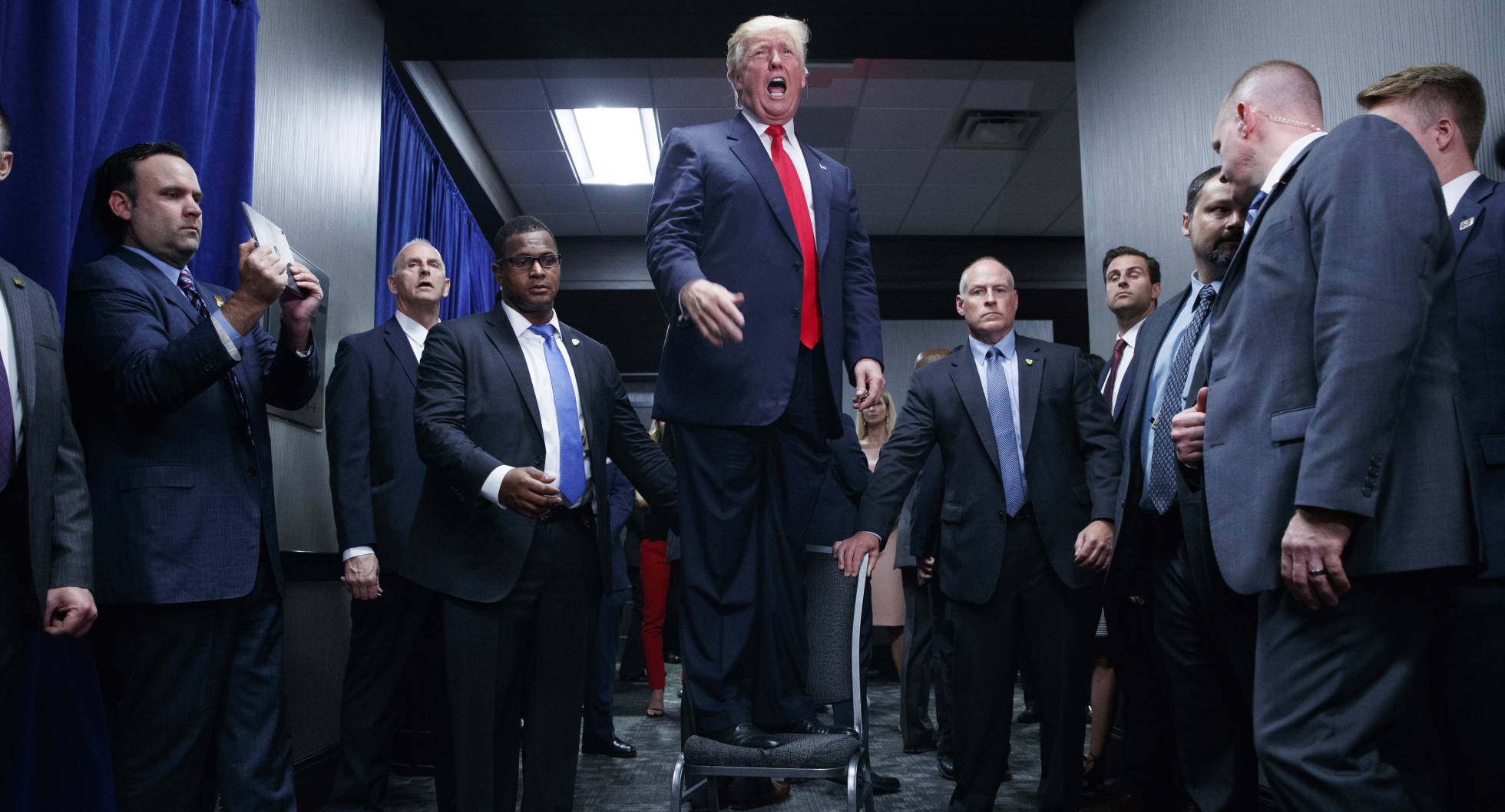
As Trump’s Hawk Faction Takes Their Seats, Is a Trade War Imminent?
Lighthizer’s nomination marks the completion of Trump’s trade team. As universally expected, owing to an established friendship between the two while Trump was running for office, the man nominated to head the U.S. Department of Trade is Wilbur Ross, who, together with National Trade Committee Chief Peter Navarro, will play a key role in U.S. trade and industry policy making.* Next to these men, latecomer Lighthizer will have to rely on the level of expertise in international trade acquired through his professional experience, particularly in handling commercial trade disputes, to become a key player.
It is worth noting that Trump has also created the position of "special representative for international negotiations" for his assistant of 20 years, Jason Greenblatt. Although Greenblatt is meant to focus on matters pertaining to the Middle East, and Israel in particular, the "international negotiator" role naturally includes participating in trade talks that determine the balance of power.
In recent weeks, we have come to understand the shrewdness and ruthlessness of Ross, the “King of Reorganization,” in arranging asset mergers and acquisitions, and we have also experienced the vicious and extreme attacks led by Navarro, “Standard Bearer of Antiglobalization,” against China. Lighthizer is skilled, Greenblatt is highly esteemed in bilateral resolution propositions, and they will both be sent all over the world representing their government for a price.
Trump’s trade team is a line-up of trade protectionists; his highly powerful hawk faction is assembled and ready to start a trade war any minute. However, it is anticipated that, due to populist uproar, soon after he has taken power, Trump will likely take action against China. The 45 percent customs duty that was proposed during the election would not pass Congress, but, according to the Trade Act of 1974, section 122, the current president has the right to increase tariffs up to 15 percent for 150 days. If this were to be the case, conflicts between U.S. and China trade arrangements could occur at any time. This would be an ending to the story that neither side wishes to see.
Without a doubt, the current interests of both China and the U.S. are interwoven by trade. The U.S. is already China’s second biggest trading partner and its number one export market. Additionally, according to American statistics, China has surpassed Canada to become its biggest trading partner. As trade between the two countries continues to intensify, China and the U.S. are becoming mutually dependent on one another and are growing to be more equal day by day. China’s dependence on American markets has not changed, and the U.S. increasingly needs China for manpower, markets, finance, etc. The symmetry of needing one another defines this mutual dependence.
"I think the China bashing is widely overdone in this country. The reality is if something were to happen that cost China jobs—like if they upwardly revalued the currency a lot—those jobs aren't going to come back to the U.S,” Ross said in 2012. “They would go to Vietnam, they would go to Thailand. They would go to whatever country was the lowest cost. So it's a fiction on both sides that those jobs will come back.” After saying this four years ago, who knows whether Ross would be willing to say this again to the uninhibited Trump.
*Editor’s note: Peter Navarro was selected to lead a new White House office overseeing American trade and industrial policy.


